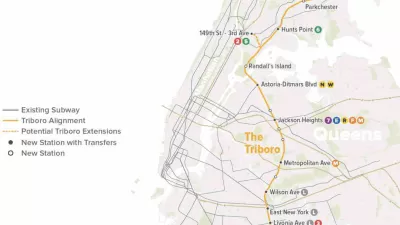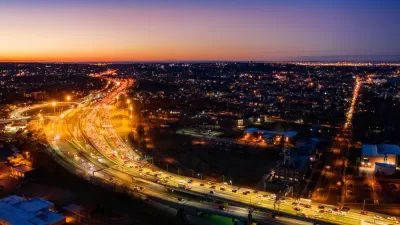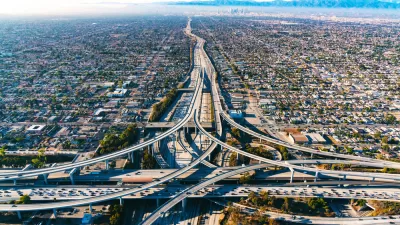The Brooklyn Development Center will close Dec. 31. The closure of the state facility is part of a long term goal of deinstitutionalizing the developmentally disabled and integrating them in the community in group homes.
The Brooklyn Developmental Center, a sprawling, state-run center in the East New York neighborhood of Brooklyn that "housed 614 residents in 1984, is down to 58 spread across five buildings on a 35-acre campus," writes Liz Robbins of The New York Times.
It's closure, along with other centers in Queens, Broome County and Schenectady County comes from the state agency that operates it, the Office of People with Developmental Disabilities (OPWDD), and is part of an effort to "streamline operations while moving patients from institutions to community-based settings," according to the Queens Chronicle.
"It is part of the state’s long-planned process of deinstitutionalization, which follows a national trend since the 1980s that has been lauded by advocates and officials, who say that less-restrictive care and community living are more humane for people with intellectual and developmental disabilities," writes Robbins. OPWDD "operates more than 1,000 group homes."
The new model is also substantially less expensive. In New York, in 2012, services at public institutions cost more than three times as much per person as services provided to adults living in group homes.
However, that's not the main topic of the article, who is a 50-year-old adult "with profound autism and self-injurious behavior who does not speak." He has lived at the center since he was fourteen. He has developed routines that have become his "refuge (that) will abruptly end", if the state has its way, before the end of the year. His parents, though, are fighting to stop the closure.
Robbins provides great insight into the past and current life of this one disabled adult; how he "is calmed by taking walks (and) has an aide with him 24 hours a day," and how his parents have adapted to having their son live there.
There is some irony in their fight to keep the center open, though, as the father had successfully sued it "for negligence, and which has had compliance issues with the State Health Department," writes Robbins. However, he "does not trust that the alternative will be safer."
Driving the closures in New York and nationwide "is a 1999 United States Supreme Court case, known as the Olmstead decision, which made it unlawful to restrict people in institutions and required that states provide opportunities for community living," writes Robbins. "Now, 12 states and the District of Columbia have completely eliminated large state-operated institutions."
It is the families whose members know no other way of life who have the toughest time with the change.
One example of an innovative group home in Sonoma, Calif. incorporating architecture meant to improve the residents' environment was posted here in 2013.
FULL STORY: For Special-Care Residents, New York State Policy Means Leaving Home

Alabama: Trump Terminates Settlements for Black Communities Harmed By Raw Sewage
Trump deemed the landmark civil rights agreement “illegal DEI and environmental justice policy.”

Study: Maui’s Plan to Convert Vacation Rentals to Long-Term Housing Could Cause Nearly $1 Billion Economic Loss
The plan would reduce visitor accommodation by 25% resulting in 1,900 jobs lost.

Planetizen Federal Action Tracker
A weekly monitor of how Trump’s orders and actions are impacting planners and planning in America.

Wind Energy on the Rise Despite Federal Policy Reversal
The Trump administration is revoking federal support for renewable energy, but demand for new projects continues unabated.

Passengers Flock to Caltrain After Electrification
The new electric trains are running faster and more reliably, leading to strong ridership growth on the Bay Area rail system.

Texas Churches Rally Behind ‘Yes in God’s Back Yard’ Legislation
Religious leaders want the state to reduce zoning regulations to streamline leasing church-owned land to housing developers.
Urban Design for Planners 1: Software Tools
This six-course series explores essential urban design concepts using open source software and equips planners with the tools they need to participate fully in the urban design process.
Planning for Universal Design
Learn the tools for implementing Universal Design in planning regulations.
Caltrans
Smith Gee Studio
Institute for Housing and Urban Development Studies (IHS)
City of Grandview
Harvard GSD Executive Education
Toledo-Lucas County Plan Commissions
Salt Lake City
NYU Wagner Graduate School of Public Service





























